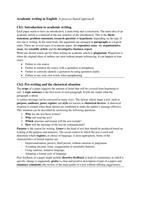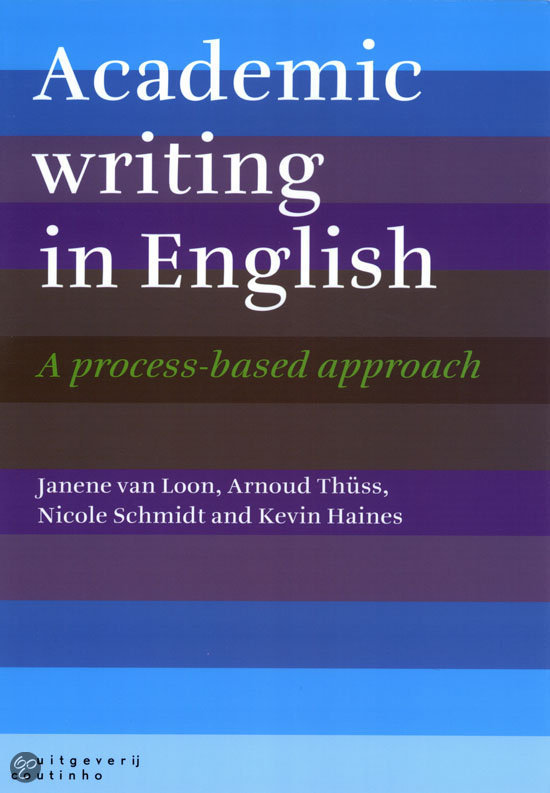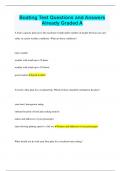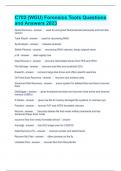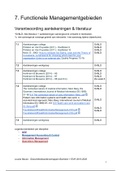Summary
Summary Academic Writing in English: a process based approach
- Course
- Institution
- Book
Summary of the book 'Academic Writing in English: a process based approach' by Janene van Loon. Only about the parts that might be asked in the exam. All chapters.
[Show more]
